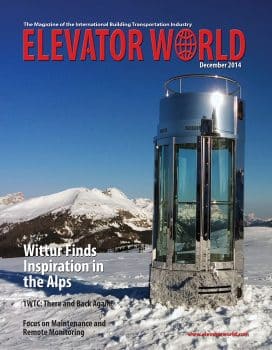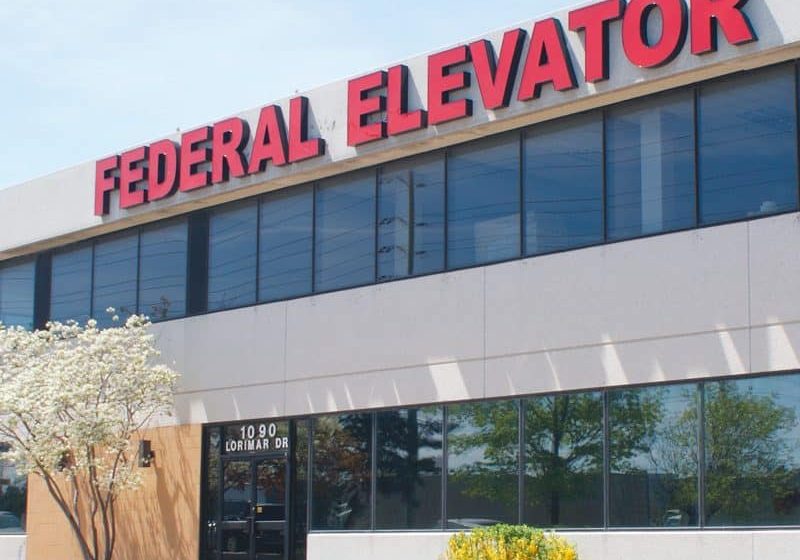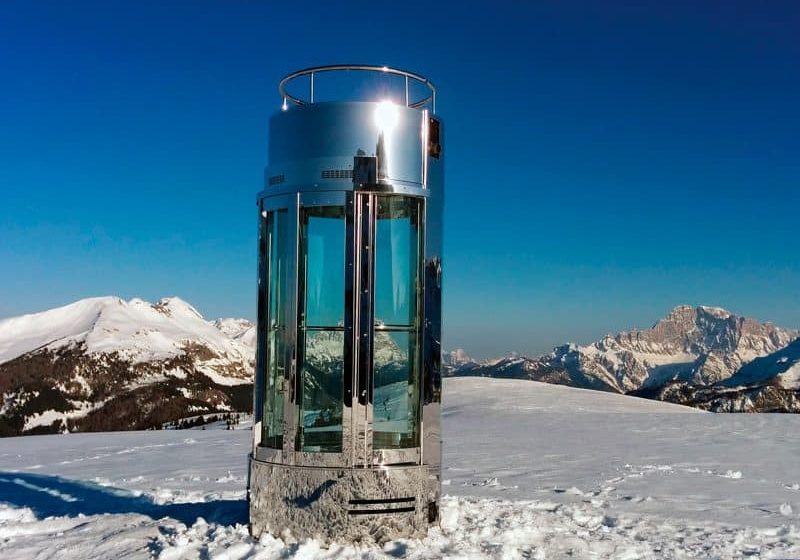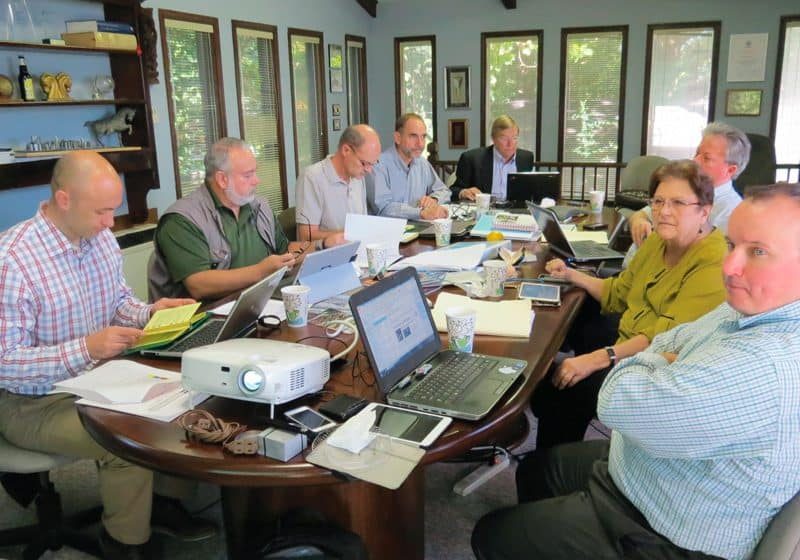Onward and Upward
Dec 1, 2014
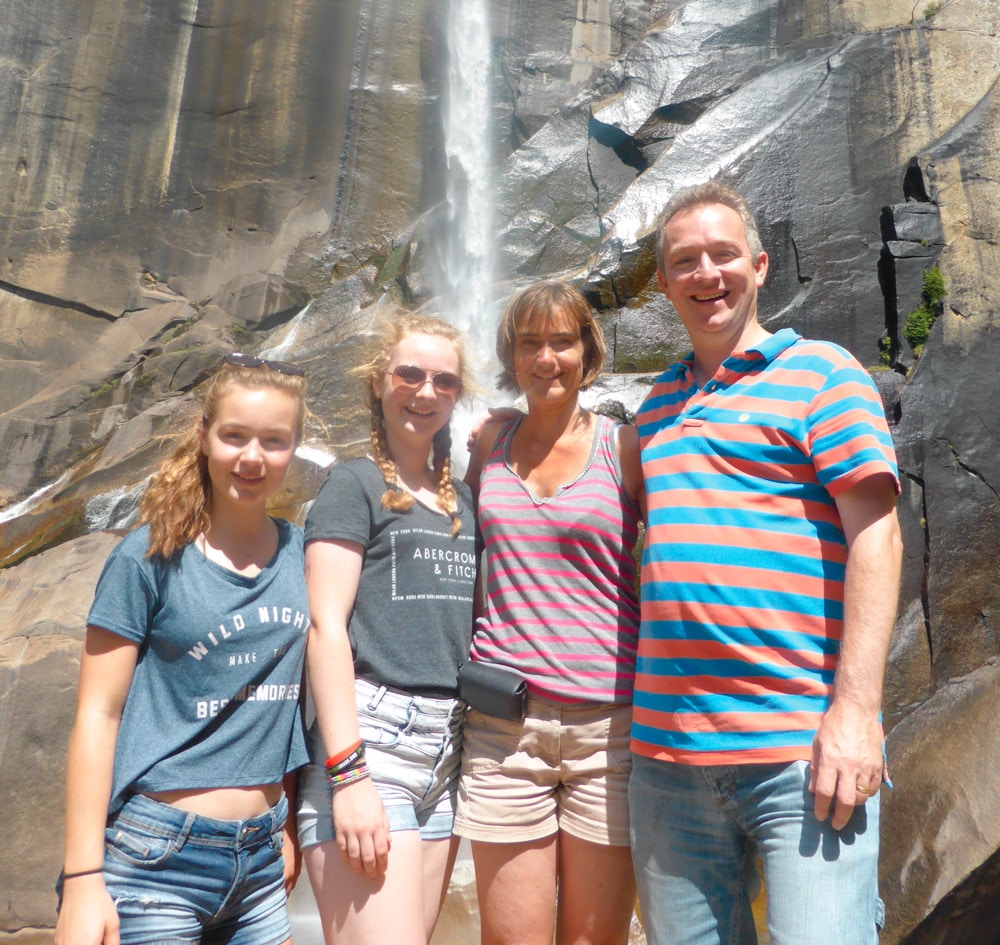
British vertical-transportation research engineer Dr. Richard Peters maintains a lifelong passion for teaching and learning.
Ever since he realized the Poisson probability theory and statistics he learned at university could be applied to improving elevators’ round-trip-time calculations, Dr. Richard Peters has been a passionate student and teacher of elevator traffic analysis, simulation and dispatching. With an aptitude for mathematics and engineering, Peters earned his Electrical Engineering degree from the University of Southampton, U.K., thanks to a sponsorship from global consulting firm Arup. Delighted to have found his niche in elevator modeling, he completed his Engineering Doctorate in 1997. Now visiting professor of Elevator Modeling and Simulation at the University of Northampton (UoN), U.K., he continues, at age 48, to pursue knowledge and think beyond current reality. He published his first research paper while still a graduate trainee at Arup. He states:
“In large consultancies like Arup, it is often the electrical engineers who do the elevator planning calculations. I thought this task was interesting and decided to create an elevator simulation for my third-year degree project. Twenty-eight years later, I am still working on that same project!”
That is hardly to say Peters has been idle since then — quite the opposite. After 10 years with Arup, he started his own software development and engineering consultancy, Peters Research Ltd., in Great Kingshill, a village just outside of London. Despite the humble location, Peters Research has a reach that stretches across the world, being involved in projects such as ones for ThyssenKrupp Elevator, including development of:
- The TAC50 destination-dispatch algorithm
- The TWIN dispatching algorithm that entails two elevator cabs traveling independently, one above the other, in the same shaft
- Dispatching algorithms for the company’s “next generation” of products
In addition to that work, Peters’ consultancy has provided expert witness reports for legal cases, including patent disputes and accidents. It has also performed traffic-design services for major vertical-transportation projects including the modernization of London’s Euston Tower and Southwark Towers, the Istanbul Ataturk Airport and the Monterrey Institute of Technology and Higher Education in Monterrey, Mexico. Peters also conceived and developed dispatch algorithms for emergency-evacuation situations. He has consulted on systems for hotels, hospitals, museums, office buildings and residential complexes from London to Cairo.
These days, Peters spends much less time consulting, since his company is 100% focused on product development, training and technical support. He also supports students pursuing PhDs in elevator traffic analysis and dispatching research at UoN. “My aim is to help the next generation of students undertake research which is not only innovative, but has practical applications in improving the efficiency of elevators,” he says.
Since 2011, he has served as co-chair of the Lift and Escalator Symposium, www.liftsymposium.org, which gives him the opportunity to exchange ideas with industry colleagues from around the world. There are many industry professionals he admires, but perhaps the one he looks up to most is Dr. Gina Barney, whom he describes as “the first true elevator-industry academic who has set the standard in the sharing of knowledge and teaching.” Peters has authored or coauthored approximately 20 papers that have been presented at the symposium and other industry conferences. He has been a contributing author on The Vertical Transportation Handbook and three editions of CIBSE Guide D: Transportation Systems in Buildings. More than 1,000 delegates have attended his ELEVATE Traffic Analysis and Simulation courses, which take him traveling around the globe on a regular basis.
Family, Church and Music
Born in Birmingham, U.K., Peters has been married to Helen for 20 years. The couple has two daughters: Anna, a 17-year-old following in her father’s footsteps as the recipient of an Arkwright Engineering Scholarship who plans to study Aeronautical Engineering, and 15-year-old Megan, a dedicated swimmer and student. When Peters met Helen, she was a speech and language therapist but has since trained to become a priest in the Anglican Church. Peters is the Musical Director at their family church, playing keyboard in the band that plays contemporary Christian music. He is classically trained and grew up singing in church choirs but loves all styles of music. Other hobbies include racquet sports, particularly squash, racquetball and tennis.
Peters is a trustee for two charities that help children and young people. One organizes an annual, weeklong church holiday club for about 2,000 children aged five through 11. The other manages a community youth center, giving teenagers somewhere to spend time together in a safe environment outside of school. When he reads for fun, it’s likely not to be the latest Stephen King novel. He states:
“I rarely read fiction. The last book I read was ROC Your World: Transforming Communities for Good, by Debra Green, who has very successfully brought volunteers together to make a difference in their local communities. She is a Christian, but will work with all ‘people of goodwill’ to help set up and run community projects. We live in dangerous times, and I support her call for ‘people of goodwill’ to work together building stronger communities.”
The family enjoys vacations together, and visited the U.S. earlier this year, coming away most impressed by the natural wonders of California’s Yosemite National Park. If he had to choose a favorite world city, however, Peters would have to say London, due to its “historic buildings and vibrant mix of cultures from all over the world.”
His outlook for the elevator industry is positive because of increasing urbanization, and, in turn, the need for more elevators. The industry, he believes, provides fascinating work for people with many different skills, be they practical, academic or creative. In both his university and Peters Research work, he says he would like to see fewer people glued to their office seats, stating, “I think my biggest challenge is getting people out of their offices and into the field to study existing installations — that’s where we find out if our past assumptions were right and learn how to improve our designs.” Looking back on his career, Peters is most proud of developing the aforementioned TWIN system dispatching concept. It was challenging, he says, yet fun. In the future, he looks forward to more than two elevators in the shaft and the freedom to dispatch lifts in three dimensions, rather than just up and down. For those studying the future of elevators that move both vertically and horizontally, Disney’s “Twilight Zone Tower of Terror” elevator ride would be a wonderful place to start, Peters says. “Disney is also a master of moving massive volumes of people,” he adds. “[It has] a lot to teach us that is relevant to the design of elevators for mega-high-rise buildings.” The industry being more driven by engineering excellence and less by the bottom line would help these and other new technologies happen sooner, he observes.
Get more of Elevator World. Sign up for our free e-newsletter.

